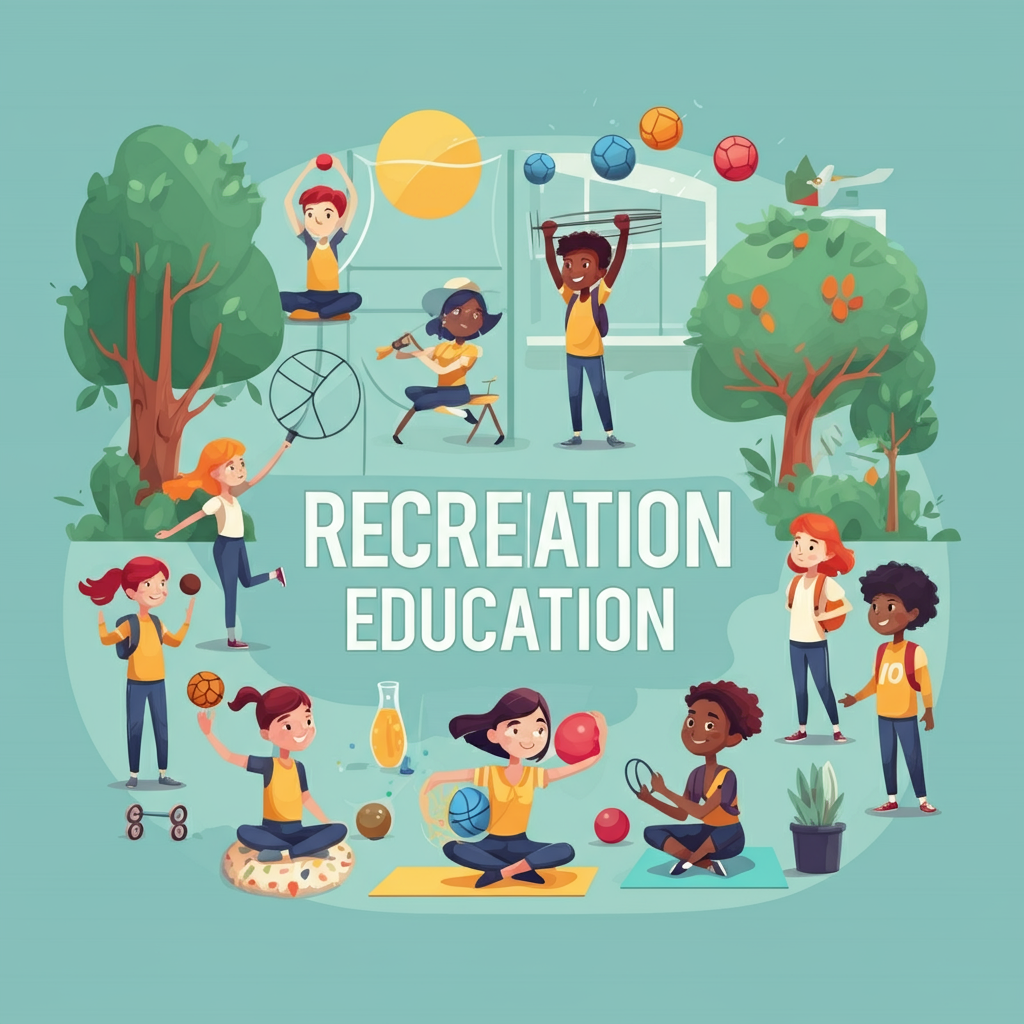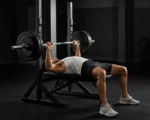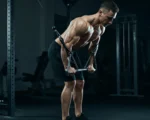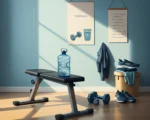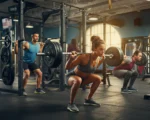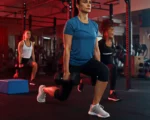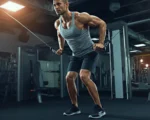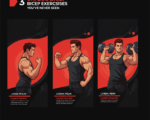Recreation plays a vital role in physical education, acting as a bridge between fitness, leisure, and personal well-being. For fitness and recreation professionals, understanding the definition and scope of recreation within the context of physical activity is essential to effectively promoting healthy lifestyles and fostering a sense of community among participants.
What is Recreation in Physical Education?
Recreation is defined as engaging in activities during one’s leisure time that are enjoyable, relaxing, and often revitalizing. Within physical education, recreation encompasses physical activities specifically chosen for their ability to combine enjoyment with health benefits. These activities can range from high-energy sports to low-intensity leisure pursuits like hiking, swimming, or even yoga.
The focus of recreational activities in physical education is not solely on competitive performance. Instead, it emphasizes participation, enjoyment, and the long-term benefits of staying active. Recreation encourages individuals to explore a variety of activities while promoting physical fitness, mental health, and social interactions.
The Benefits of Recreation in Physical Education
Recreation offers a broad spectrum of advantages for both physical and mental health. Here are some of the key benefits for individuals participating in recreational physical education:
1. Improved Physical Health
Recreational activities enhance cardiovascular fitness, flexibility, and muscle strength. Regular participation in such activities contributes to better overall physical health, reducing the risk of chronic illnesses such as heart disease, diabetes, and obesity.
2. Boosted Mental Well-Being
Physical recreational activities are well-known for reducing stress, anxiety, and depression. Activities that combine movement and pleasure trigger the release of endorphins, the body’s natural mood boosters.
3. Social Connectivity
Recreational activities in physical education create opportunities for interaction, collaboration, and camaraderie among participants. Social bonds formed during these activities strengthen team spirit and reduce feelings of isolation.
4. Skill Development
Recreation helps participants develop fundamental motor skills, coordination, and agility. These skills are essential not just for the activities themselves but for building a strong foundation for lifelong fitness habits.
5. Lifelong Habits
Encouraging recreational activities in physical education instills a love for movement and activity that can continue well past school and into adulthood. This helps individuals maintain an active lifestyle throughout their lives.
How Recreation is Incorporated in Physical Education Programs
Physical education programs integrate recreation through a diverse range of activities that cater to varying interests, abilities, and fitness levels. Here’s how recreation is commonly included:
1. Variety of Activities
Programs often include team sports (e.g., basketball, soccer), individual pursuits (e.g., tennis, swimming), and leisure activities (e.g., hiking, dance, or yoga). This variety ensures participants can find activities that resonate with them.
2. Focus on Participation
The emphasis is placed on enjoying the process rather than competitive outcomes. This inclusive approach helps everyone feel welcome, regardless of skill level.
3. Educating Participants
Through recreational activities, participants learn about the benefits of physical activity, how to incorporate movement into their daily lives, and explore various ways to stay fit and active.
4. Adaptability for Accessibility
Programs are designed to accommodate individuals of varying abilities. For example, students with disabilities might use adapted equipment or participate in modified versions of traditional games to ensure inclusion and engagement.
Real-World Examples:
- Active Recreation: Aerobics, swimming, and hiking are recreational activities designed to enhance physical fitness while being enjoyable.
- Social Engagement: Recreational sports like volleyball or bowling promote socialization alongside physical activity.
Reinforcing Recreation Through Community and Practice
Recreation is not just an individual activity; it thrives within a community and shared experiences. Encouraging professional and school-based efforts to build recreation-focused programs can create lasting behavioral changes and a deep appreciation for active living.
Building a Culture of Recreation
- Community-Based Programs: Organize community events like recreational sports leagues, outdoor trails, or fitness challenges to encourage group participation and engagement.
- Educational Campaigns: Establish campaigns highlighting the mental health benefits of active living to inspire more participation in recreational activities.
Importance for Fitness Professionals
For fitness and recreation professionals, recreation is a core pillar in designing effective programs. When structuring activities, focus on adaptability, inclusivity, and a fun atmosphere to encourage long-term participation.
Closing Thoughts
Recreation within physical education serves as a foundation for enhancing physical fitness, mental health, and community bonding. By fostering a love for movement and varied activities, recreation becomes a gateway to a healthier and happier lifestyle for individuals of all ages.
Are you ready to design programs that make movement joyful for your community? Start integrating recreation into your physical education practices for measurable and meaningful impact!
